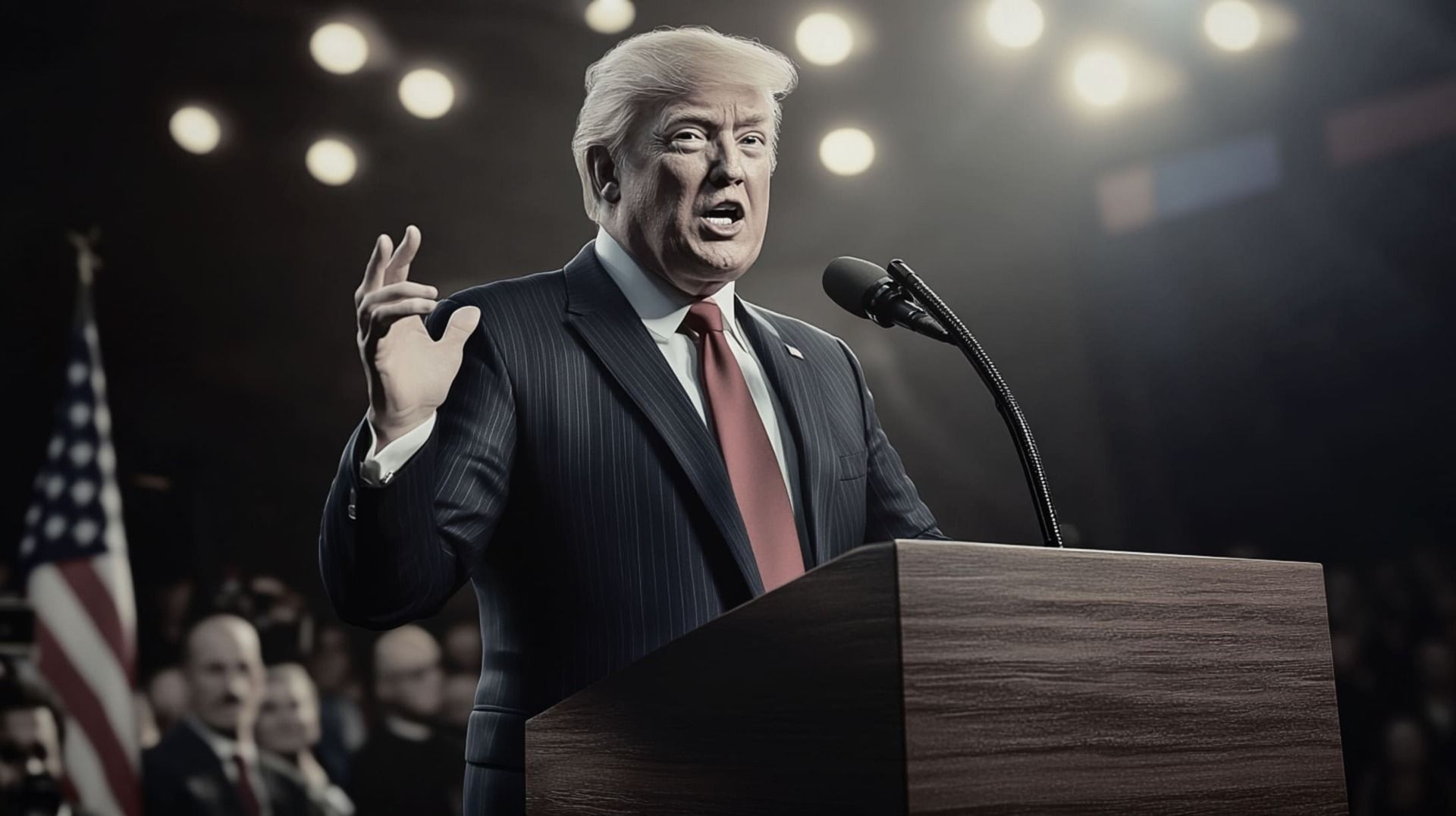The 2026 midterm elections will test market resilience in ways that extend beyond typical political cycles.
Historical data shows the VIX, often called the "fear gauge", spikes by roughly 25% in the weeks before major political events, but this time structural factors amplify the stakes.
The 2024 election saw S&P 500 realized volatility surge to levels not witnessed since the 2008 financial crisis. That pattern matters. Markets entered a new regime where political uncertainty compounds existing economic pressures.
Financial companies, fossil fuel producers, and small-cap stocks typically outperform when Republican policies gain traction, while renewable energy stocks lag.
The 2026 midterms will amplify this divide.
Banking faces a split scenario. Under Trump-aligned policies, banks benefit from deregulation, but tighter regulations could impact financial stocks if Democratic control expands. Current positioning reflects this uncertainty.
Large money-center banks have priced in moderate deregulation, but regional banks remain exposed to policy swings.
Energy presents the sharpest contrast. The sector saw a 12% surge in small-cap stocks following Trump's 2024 victory as companies benefited from deregulation and tax breaks.
But here's the problem: Energy companies may not want to significantly increase supply because it could weigh on oil prices and reduce profitability, with U.S. oil exploration firms needing prices above $64 on average to profitably drill new wells.
Defense contractors occupy an uncomfortable middle ground. Companies like Lockheed Martin and Raytheon are experiencing earnings volatility as contracts and procurement timelines face potential disruptions.
The push toward AI-driven defense systems creates winners and losers within the sector itself.
Party Control

House Minority Leader Hakeem Jeffries and Speaker Mike Johnson (Tom Williams/CQ Roll Call)
Republican dominance typically delivers immediate sector rotation.
Aerospace, defense, financials, and small- to mid-cap stocks often rise under Republican presidents. The mechanism is straightforward: tax policy favors corporate earnings, deregulation reduces compliance costs, and defense spending increases contract visibility.
Democratic control shifts capital differently. Healthcare and green energy stocks tend to get a boost when a Democrat leads.
Policy implementation takes time, and markets front-run expected changes. The lag between election outcomes and actual policy can create false signals.
What complicates 2026 is split control probability.
Democrats have a 75% chance of winning the House, reflecting the common pattern where the opposition party gains seats as the winning party's flaws become consequential. Split government historically reduces volatility but also limits policy effectiveness, creating sector-specific headwinds.
Historical Volatility Patterns

A typical pre-election VIX pattern (bscapitalmarkets)
VIX usually declines after any election but declines more after a presidential election than after a midterm election.
That difference reflects resolution of uncertainty versus continued gridlock.
The three largest one-day VIX declines occurred in recent elections. President Trump's victories in 2016 and 2024, and President Biden's victory in 2020 saw unusual pre-election uncertainty about outcomes, which might have produced unusually large declines.
Markets hate uncertainty more than they hate specific outcomes.
But volatility doesn't disappear. Average VIX levels rise leading up to election month when uncertainty about outcomes persists, then ease moderately in the months after when markets know the results.
The pattern holds across eight elections from 1992 through 2020.
Market Positioning for 2026
Certain election outcomes create specific winners and losers, such as smaller companies potentially benefiting more from tax cuts under a Republican wave. However, the macro environment and valuations will likely drive outcomes more than policy over a full term.
Investors should focus on sectors with bipartisan support. Infrastructure investments and clean energy laws have bipartisan backing, especially in areas benefiting from the spending. These assets provide downside protection regardless of political outcomes.
The risk lies in over-positioning. Markets already reflect significant policy expectations. The One Big Beautiful Bill Act contains $4.5 trillion in tax cuts and $1.2 trillion in spending cuts, with the Congressional Budget Office estimating the Senate version could add $3.3 trillion to deficits over the next decade. That fiscal trajectory constrains future policy flexibility.
Defense remains the most bifurcated sector. Traditional contractors face procurement uncertainty while AI-driven defense companies attract capital regardless of political outcomes. The gap between old defense and new defense widens with each budget cycle.
Energy's upside depends on factors beyond elections. OPEC+ has planned 2025 and 2026 production increases, and world oil supply is expected to continue increasing.
Domestic policy changes matter less when global supply dynamics dominate.
The baseline assumption should be elevated volatility through November 2026, followed by rapid normalization. The VIX typically follows an upward trajectory approximately six months before Election Day and tends to decline rapidly in the following days once option hedges unwind. That pattern creates tactical opportunities for those positioned correctly.
Execution matters more than prediction. Markets will reprice sector exposures multiple times before votes are cast.
Focus on companies with strong fundamentals that can navigate multiple political scenarios rather than making binary bets on election outcomes.







